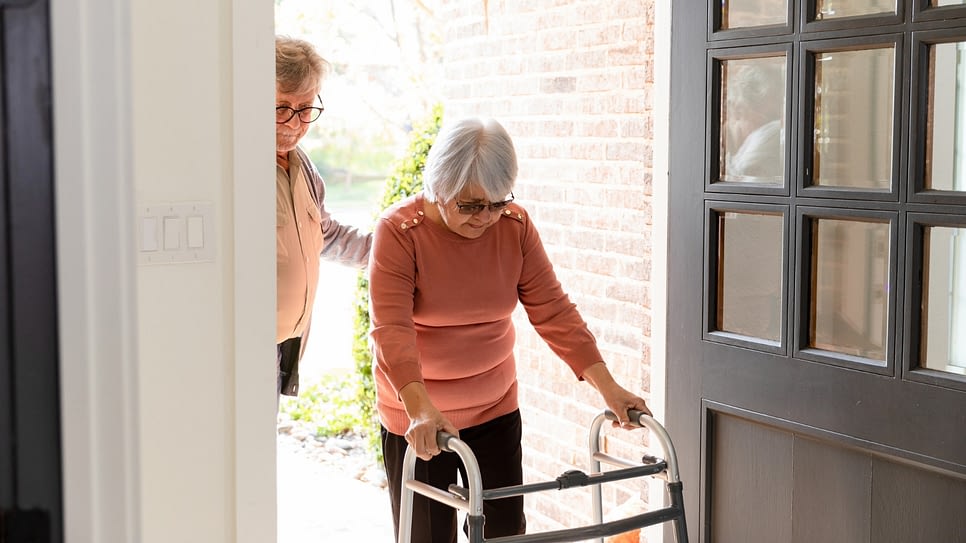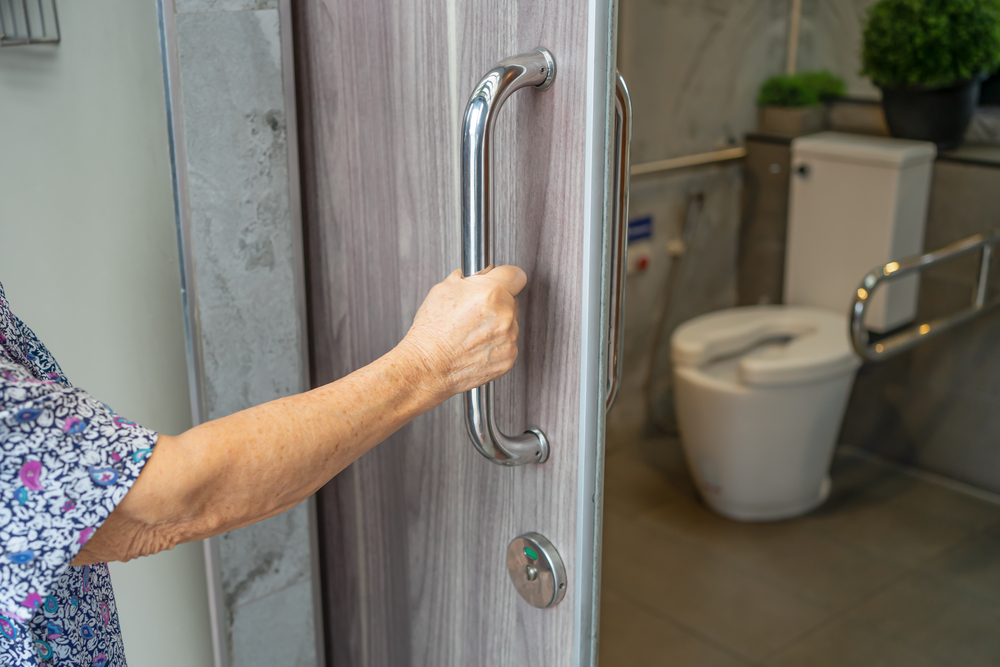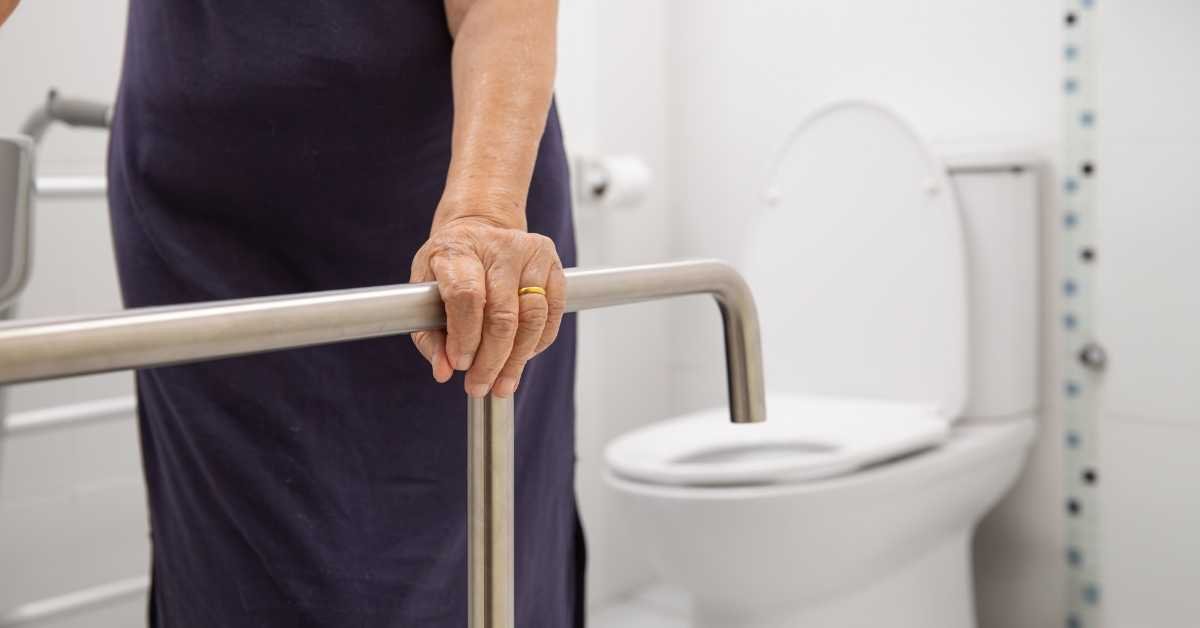The safety of our elderly loved ones is a top priority, especially when it comes to invisible threats like carbon monoxide (CO). This colorless, odorless gas can be deadly, making carbon monoxide detectors for elderly an essential investment in their homes. By understanding the significance of these devices, family caregivers can ensure a safer living environment for seniors.

What is Carbon Monoxide?
Carbon monoxide is a gas produced by burning fossil fuels, such as gas, oil, or wood. Appliances like stoves, heaters, and fireplaces can emit CO, which can accumulate indoors and pose serious health risks. Symptoms of CO poisoning include headache, dizziness, and in severe cases, death. Hence, having effective detection mechanisms in place is crucial.
Why the Elderly Are More Vulnerable
The elderly are particularly at risk from CO exposure due to their potentially weakened health and reduced ability to detect symptoms early. Age-related sensory decline can make it harder for seniors to notice symptoms of carbon monoxide poisoning, increasing their vulnerability.
Health Risks Associated with CO Exposure
Prolonged exposure to carbon monoxide can result in severe health issues including brain damage, heart problems, and respiratory issues. For the elderly, who may already have compromised health, these risks are even more pronounced. Therefore, installing carbon monoxide detectors is a proactive step in safeguarding their health.
How Carbon Monoxide Detectors Work
Carbon monoxide detectors are designed to alert occupants when CO levels become dangerous. These devices detect the presence of CO in the air and sound an alarm to warn residents. This early warning system is critical in preventing CO-related incidents.
Types of Carbon Monoxide Detectors
There are several types of CO detectors, including battery-operated, plug-in, and smart detectors. Each type has its advantages, and selecting the right one depends on the specific needs and layout of the home. Battery-operated detectors are versatile and can be placed anywhere, while plug-in models offer convenience without the need for battery replacement. Smart detectors can be integrated with home automation systems, providing notifications directly to smartphones.
Choosing the Right Detector for Seniors
When selecting a carbon monoxide detector for the elderly, consider factors such as ease of use, volume of the alarm, and maintenance requirements. Devices with clear digital displays and loud alarms are ideal for seniors who may have hearing or vision impairments.
Placement of Detectors
Proper placement of CO detectors is crucial for optimal safety. Install detectors on each level of the home, including the basement and near sleeping areas, to ensure comprehensive coverage. Avoid placing them near windows or doors, where airflow might affect their sensitivity.
Maintaining Carbon Monoxide Detectors
Regular maintenance of carbon monoxide detectors is essential to ensure their functionality. Test the alarms monthly and replace batteries as needed. Follow the manufacturers instructions regarding lifespan and replacement of the units to ensure reliability.
Additional Safety Measures
In addition to installing CO detectors, take further steps to minimize the risk of CO exposure. Ensure regular maintenance of all fuel-burning appliances and consider installing ventilation systems to improve air quality. For more tips on creating a safe environment for seniors, visit this external resource.
Integrating CO Detectors with Smart Home Systems
For tech-savvy families, integrating carbon monoxide detectors with smart home systems can enhance safety. Smart detectors can send alerts to multiple devices, allowing caregivers to monitor the situation remotely. This integration provides peace of mind, knowing that help can be summoned quickly if needed.
Using Technology to Aid Elderly Safety
Technology plays a significant role in enhancing the safety of seniors at home. From smart detectors to voice-activated assistants, there are numerous tools available to support independent living while ensuring safety. For more insights, consider exploring our front door safety guide.
Conclusion
Investing in carbon monoxide detectors for elderly is a crucial step in creating a safe home environment. These devices provide an essential layer of protection against the invisible threat of carbon monoxide. By understanding their importance and ensuring proper installation and maintenance, family caregivers can significantly enhance the safety and well-being of their elderly loved ones.

FAQs
How often should CO detectors be tested?
CO detectors should be tested monthly to ensure they are functioning correctly. Regular testing helps verify that the alarm system is operational and ready to alert occupants in case of elevated CO levels.
What should I do if my CO detector alarm goes off?
If your CO detector alarm sounds, immediately evacuate the home and call emergency services. Do not attempt to locate the source of the carbon monoxide yourself. Wait for professionals to assess the situation before re-entering.
Are there specific CO detectors recommended for seniors?
Yes, when choosing a CO detector for seniors, look for features such as a loud alarm, easy-to-read digital displays, and simple operation. These features enhance usability and ensure that seniors can respond promptly in an emergency.
For further reading on ensuring home safety for the elderly, check out our living room safety tips.
This article contains affiliate links. We may earn a commission at no extra cost to you.






